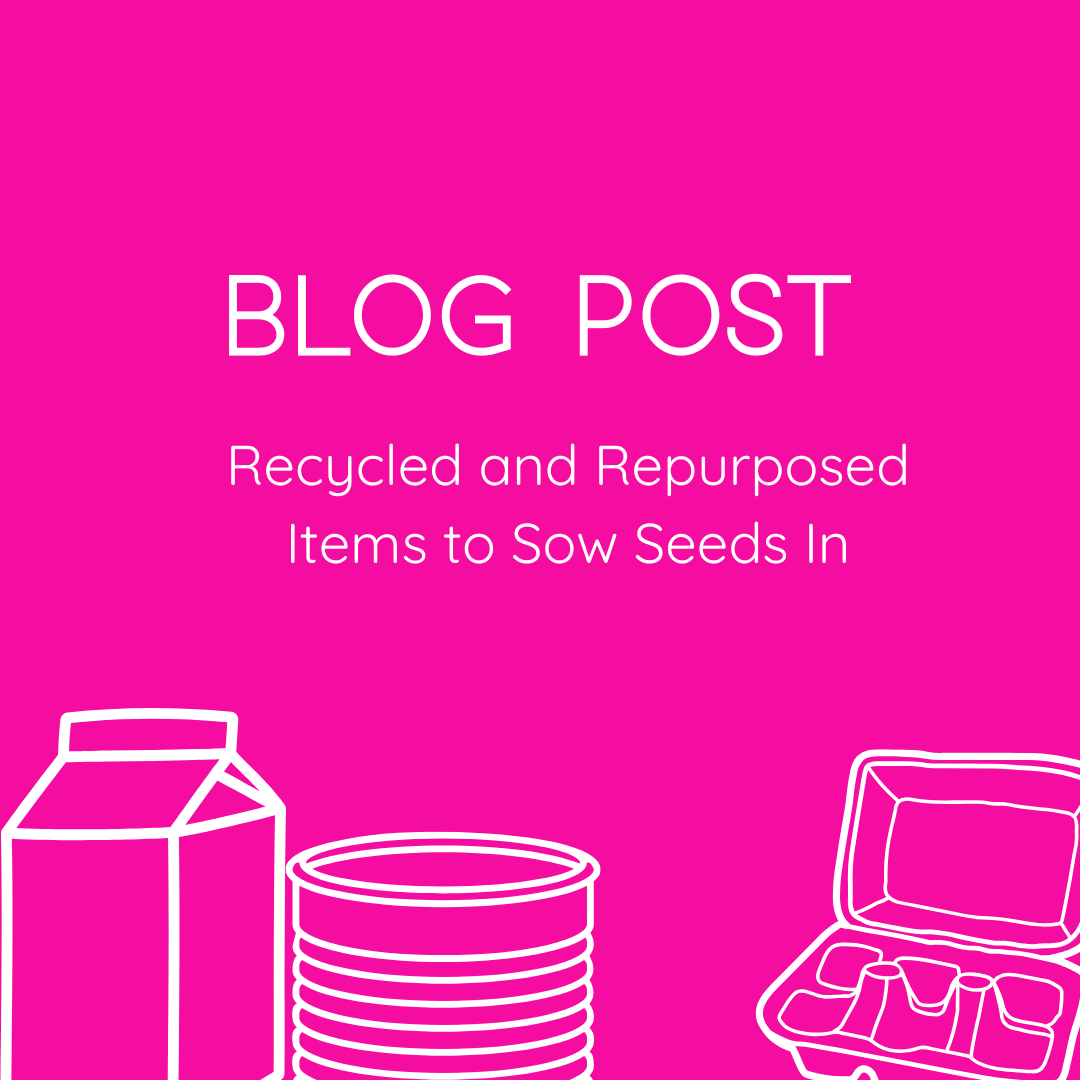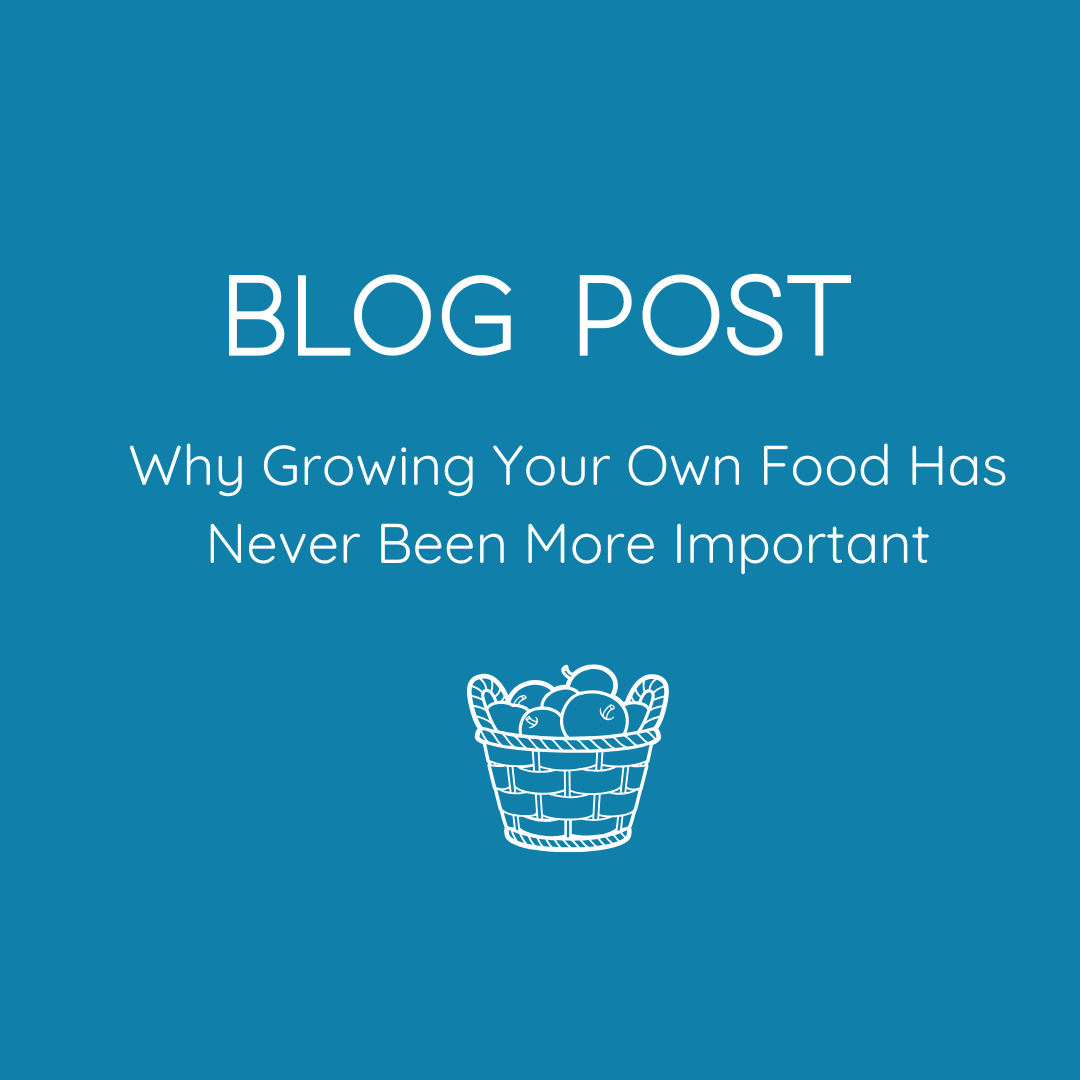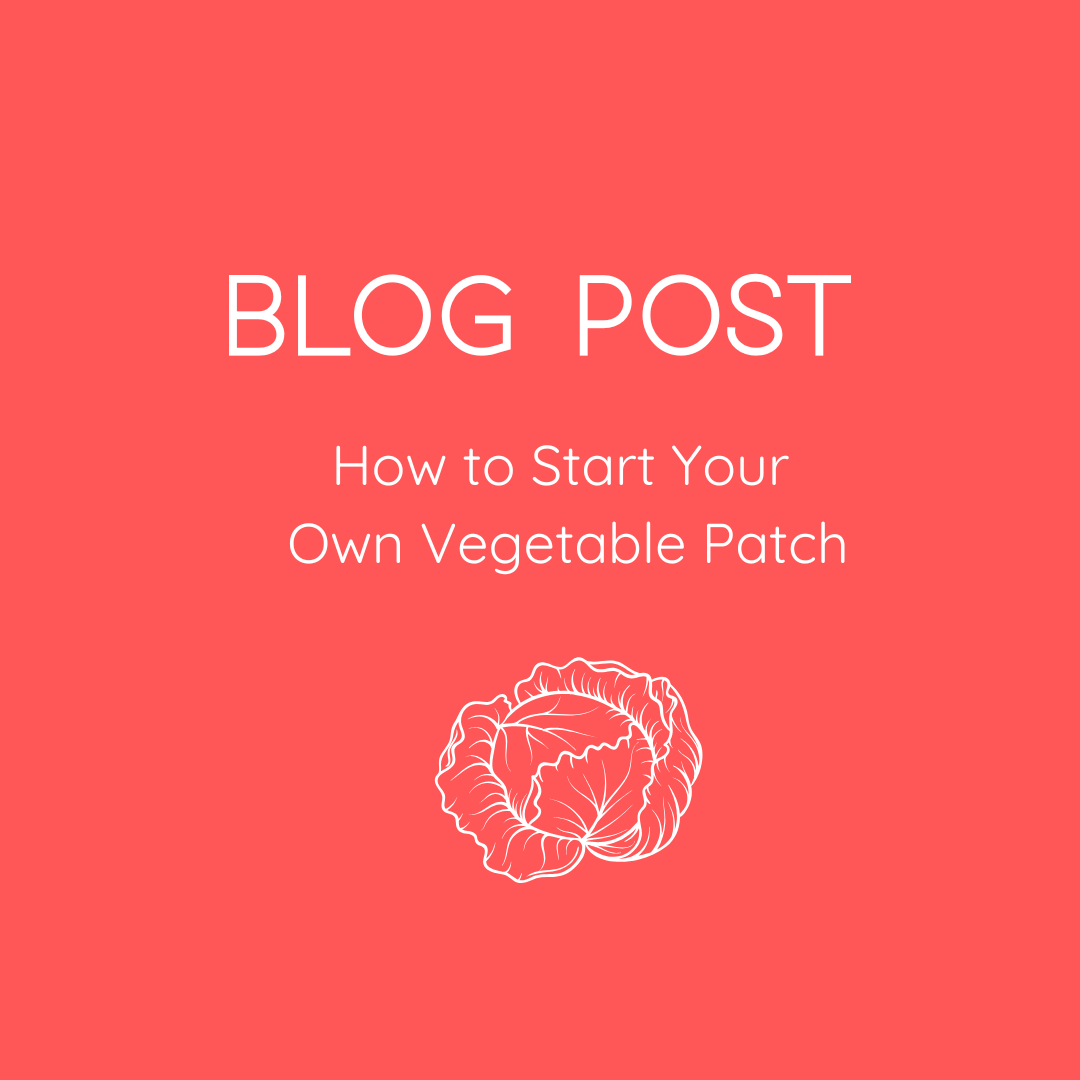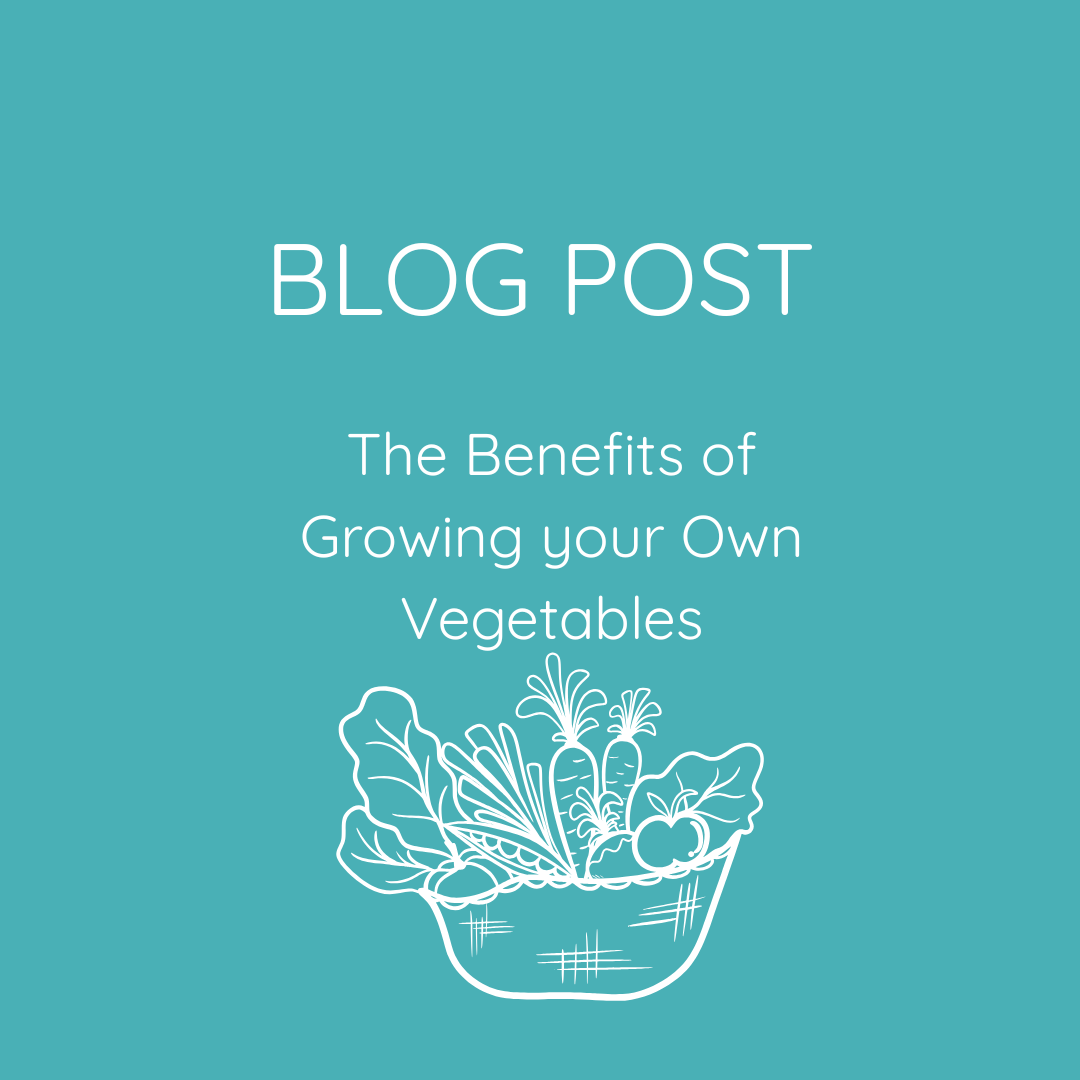Planting seeds is one of life’s simplest joys, but what if it could be even more rewarding? By using recycled or repurposed items to start your seeds, you can save money, reduce waste and give a new lease of life to things you already have at hand. It’s sustainable, creative and a wonderful way to bring a sense of purpose to everyday objects.
Whether you’re an eco-conscious gardener, someone on a budget or just a lover of all things green, these ideas are bound to inspire. Here’s a collection of 20 household, garden and pre-loved items you can turn into seed-sowing pots.
1. Newspaper Pots
Transform yesterday’s news into tomorrow’s garden! With a potmaker, you can easily roll up strips of newspaper into biodegradable seed pots. Perfect for planting straight into the soil, as the paper will break down naturally.
2. Toilet Roll Tubes
Those cardboard tubes left behind after the loo roll is gone? They’re a seed-sowing classic! Ideal for deep-rooted plants like beans and peas, simply stand them upright in a tray, fill them with soil and plant your seed.
3. Tin Cans
Save your baked bean tins and soup cans—they make sturdy planters! Just be sure to add drainage holes at the bottom before use. A coat of paint or a splash of creativity can make them even more cheerful.
4. Egg Boxes
Cardboard egg cartons are brilliant for starting seeds. Their individual compartments are perfect for small seedlings and when the plants are ready, you can cut them apart and plant them directly into the ground.
5. Coffee Tins
Metal coffee tins are not only functional but chic as well. Remove the lid, add drainage holes and you’ve got a sleek container for your seeds. Bonus points for upcycling something stylish!
6. Plastic Bottles
Single-use plastic bottles get a new purpose as mini greenhouses. Cut them in half and use the bottom as a plant pot; the top half can act as a lid to trap warmth and humidity for germinating seeds.
7. Yoghurt Pots
Instead of tossing those little plastic pots into the bin, give them a rinse and reuse them for seed sowing. They’re lightweight and the perfect size for starting your garden.
8. Eggshells
Nature’s own tiny pots! Gently crack your eggs in half and save the shells to plant your seeds. They’re compostable, so you can bury the whole thing in the soil once your seedlings are ready.
9. Food Trays
Plastic or cardboard food trays from produce or baked goods make excellent seed-starting containers. Just add some drainage holes, and they’re ready to be filled.
10. Ice Cream Tubs
Ice cream tubs offer plenty of space for a variety of seedlings. They’re especially useful if you want to grow a little forest of seedlings in one go!
11. Milk Cartons
Empty milk cartons can be transformed in two ways—cut them in half to use the bottom as a seed container or use the top as a mini watering can by poking holes in the lid!
12. Old Teacups
Unearth those chipped or mismatched teacups at the back of your cupboard (or pick some up from a charity shop). They’re ideal for growing one or two seeds and add a whimsical touch to your windowsill garden.
13. Baking Tins
Have rusted cake tins you don’t use anymore? They make excellent sturdy containers for planting seeds. They’re also great for grouping multiple seedlings together.
14. Ice Cube Trays
Each little compartment in an old ice cube tray can house a single seed. Once your seedlings sprout, pop them out like ice cubes and transplant them into larger pots or your garden bed.
15. Shoes and Boots
An old pair of wellies or shoes can be turned into quirky planters. Simply fill them with soil, add your seeds, and watch as new life emerges!
16. Coconut Shells
If you have access to coconut shells, they can be repurposed as rustic, biodegradable seed pots. These work wonders for a tropical vibe in the garden!
17. Jam Jars
Glass jars are perfect for seeds that don’t require drainage—just place a layer of pebbles or stones at the bottom to prevent waterlogging.
18. Biscuit Tins
Old biscuit tins can double as planters. Line them with some drainage material and they’ll add vintage charm to your garden.
19. Mushroom Tubs
Plastic tubs from pre-packaged mushrooms are sturdy, reusable and spacious enough for planting seeds. Just remember to add holes for drainage!
20. Colanders
Worn-out colanders that no longer strain your spaghetti can serve a new purpose as unique planters. They’re ready-made with drainage holes and bring a fun look to your space.

Sowing Seeds Sustainably
Repurposing everyday items to sow seeds not only saves money but also helps reduce waste and supports a more sustainable lifestyle. Every small choice adds up to big change, and by giving these objects a second life, you’re contributing to a healthier planet.
Which items will you repurpose first? Share your seed-sowing creations with us and join our community of eco-conscious gardeners. Together, we’re making sustainability bloom. 🌱
Further Reading: The Benefits of Growing your own Vegetables, Grow Your Savings The Smart Way Leverage Your Garden to Combat Rising Food Prices, Growing Food in Your Garden: A Beginner’s Guide to Feeding Your Family












